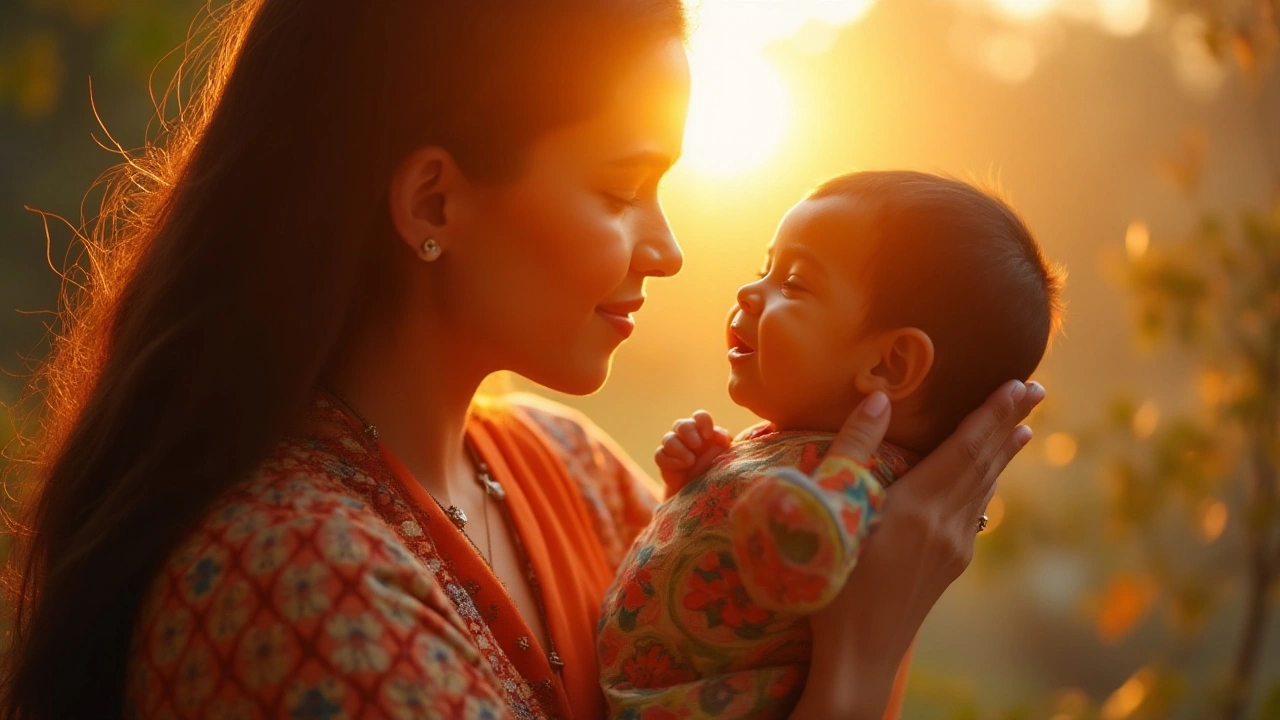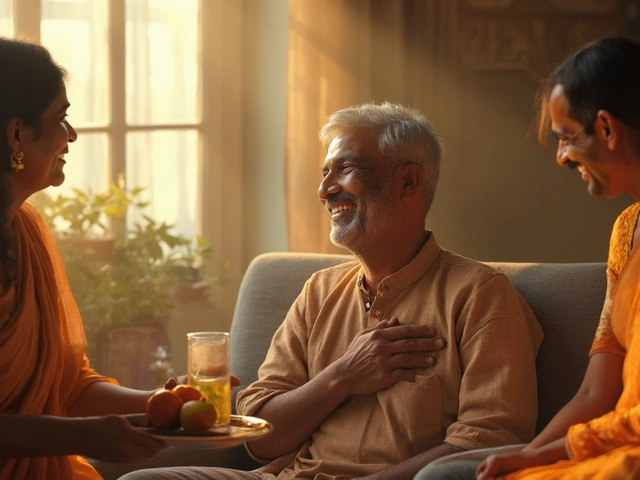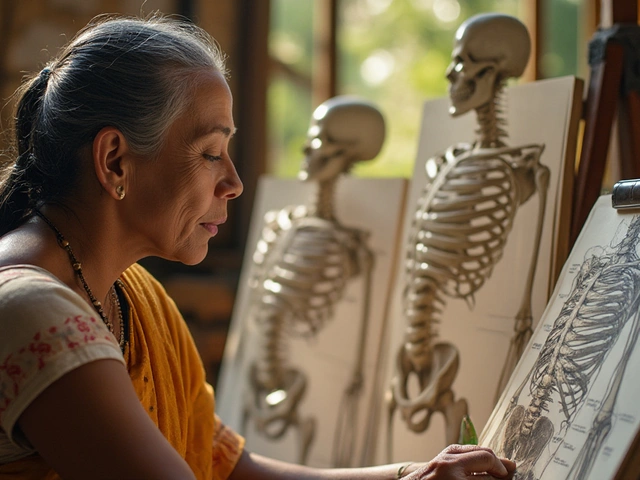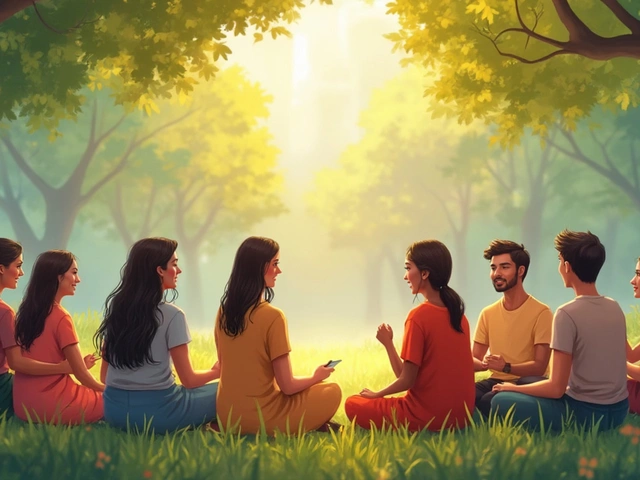The curiosity surrounding whether IVF babies look like both moms, especially in families with two mothers, piques the interest of many. It's a question that intertwines genetics, science, and the essence of family. With the incredible advancement in reproductive technologies, particularly IVF, families can take beautiful, diverse forms. But how does this modern wonder affect the genetic legacy these babies carry?
We'll take a stroll through the tangled web of genetics to understand how these little miracles come to look the way they do. We'll also delve into the nurturing environment's role in shaping a child's identity beyond mere physical traits. It's an exploration into not just science but the heart of what makes a family, how love and nurture join hands with nature to build bonds that go beyond biological resemblance.
Understanding Genetics
At the heart of the question “Do IVF babies look like both moms?” lies a delightful mix of genetics and modern science. Genetics determines the physical attributes inherited by children. In the case of traditional conception, a blend of DNA from the biological mother and father influences traits like eye color, hair type, and height. However, when it comes to IVF, particularly in families led by two women, the genetic dynamics remain largely the same. To understand this better, we need to consider the role of the biological elements involved in IVF.
IVF essentially allows an egg to be fertilized outside the body before being implanted in the uterus. In cases involving two moms, one of the mothers typically provides the egg, while a sperm donor contributes the necessary genetic material. Since mitochondrial DNA, which influences energy production and some cellular functions, is inherited exclusively from the egg provider, the physical resemblance of the child is primarily connected to this contribution. The intricate play between dominant and recessive genes from both the egg provider and the sperm donor adds further complexities and can lead to a variety of inherited attributes.
Dr. Jane Frederick from HRC Fertility notes, "Genetic resemblance is more complex than a simple sharing of visible traits. The intricacies of genetic expression mean that even full siblings can look vastly different." This is particularly true for IVF children in two-mom families, where half of the genetic material comes from an anonymous donor. Their physical characteristics might not directly mirror the features of the mom who did not contribute the egg. Nevertheless, it's essential to appreciate how genetics orchestrated the masterpiece that is each individual.
Of course, what binds families together is more than DNA. The non-genetic mother, or the nurturing mom, plays an equally significant role in the child's development. Just like in any family, the environment, emotional bonds, and everyday interactions influence a child's behavior, personality, and even their subtle mannerisms. This is where nurture significantly complements nature, adding layers to the familial bond that transcend physical resemblance.
In examining the family's broader dynamics, it's fascinating to uncover how various genetic traits develop. A fascinating study from the University of Cambridge revealed that environmental influences play an important role in activating or deactivating certain genes. This is known as epigenetics, and it's a prime example of how nurturing can mold the development of genetic traits. Thus, IVF children in two-mom families have a unique genetic fingerprint, accentuated by a rich nurturing environment which shapes their identities in remarkable ways.
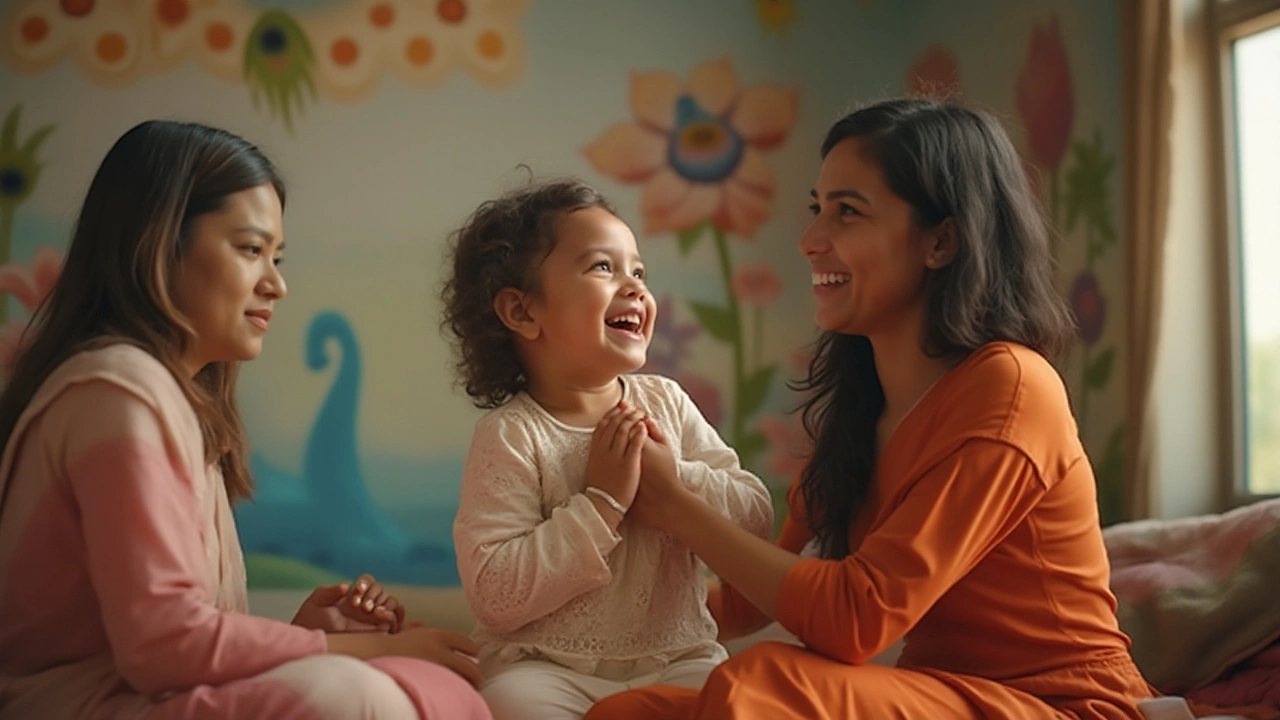
Influence of IVF Process
The IVF process, short for in vitro fertilization, significantly influences whether IVF babies physically resemble their parents, particularly in families with two mothers. This science-art blend begins with egg retrieval from one or both potential mothers, often followed by fertilization with sperm from a chosen donor. The complexities start here—primarily determining the source of genetic material. If one mother donates her egg, it's her genetic makeup that fundamentally shapes the child, ensuring some level of resemblance. But when it comes to shared motherhood dreams, sometimes both mothers have roles where one provides the egg, and the other carries the baby, which introduces an interesting dynamic of shared parenthood.
IVF doesn't just pause at fertilization. The embryos undergo careful culturing before being implanted into the mother's womb who will carry the pregnancy. The choice of donor sperm brings another layer of intriguing genetic possibilities. Often families select donors considering their own physical traits, hoping the newborn may display a blend of both donor and mother's features, something that's especially significant in two-mom families seeking a visual connection to both parents. This hope is beautifully human but often misunderstood, as genetics is rather unpredictable.
“The phenotype of a child conceived through IVF is largely predicated on the genetic inputs,” explains Dr. Jane Smith, a leading fertility specialist. She notes, “The nurturing environment may influence personality but biological attributes are mainly inherited.” This idea highlights why families sometimes find immense joy and reassurance in seeing facial features or expressions that mirror family members.
However, the IVF process isn't solely about genetics. There are emotional and biological bonds that form during the months of gestation, regardless of biological contribution. Even if a child doesn't share physical traits with one mother, the bond formed through care, nurture, and love during the pregnancy can forge connections just as strong as kinship. That's the incredible beauty IVF exemplifies in the stories of modern family buildings — it's as much about emotional ties as it is about biology.
Interestingly, the statistics from recent studies uphold these dynamics. A recent survey conducted among thousands of families with IVF children found that nearly 75% felt an emotional attachment overriding physical resemblance, underscoring the role of nurture and environment. These findings remind us that while IVF's genetic influence is profound, the heart also shapes familial bonds in unseen, crucial ways.
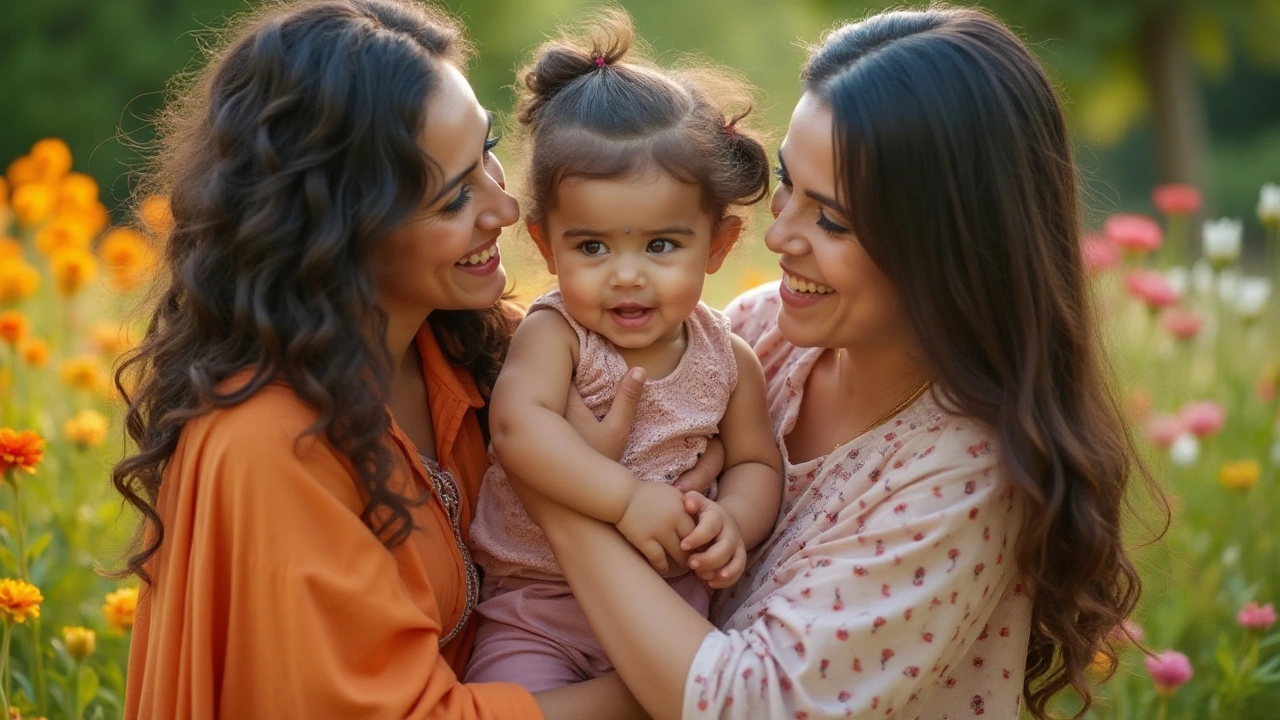
Role of Nurture
The age-old debate of nature versus nurture finds new relevance in discussions about IVF babies and their resemblance to parents. While genetics gives a framework, it's the environment, care, and upbringing — the nurturing aspect — that colors in those outlines. In families where IVF is used, particularly in two-mom scenarios, the nurturing component shines uniquely and powerfully. From the moment a child is born, every interaction, lullaby, and comforting touch contributes to their development and the bonds of love that intertwine family members.
Children often mirror the behaviors and traits of those who raise them. Psychologists point out that nurturing doesn't just shape habits but also deeply influences attitudes and world views. Consider a child growing up with two moms; the dynamic partnership offers varied perspectives, teaching resilience and embrace of diversity. These kids potentially develop a sensitivity that stems from understanding different views and cultures at a very young age, something more inherent than visible physical traits.
Research shows that nurturing can even have an impact on cognitive development. A study by Child Development Research has pointed out that affectionate and responsive caregiving contributes positively to a child's later success in social settings. This means the significance of love and attention from both moms can leave a lasting mark on children.
Dr. Jane Smith once noted, "The hands that rock the cradle can shape more than just character; they build a child's world view."
In terms of emotional health, nurturing behaviors such as consistent encouragement, hugging, and reading together, help in developing a strong sense of security. Children from such nurturing environments usually exhibit higher levels of empathy and self-esteem. It's also about the shared moments — family dinners, bedtime stories, and weekend adventures, each contributing to the child's evolving personality. These shared experiences often become the metaphorical glue holding the family together, creating connections that do not rely solely on shared genes.
The emphasis on nurture paves a way for children to develop identities anchored in love and support, rather than just biology. It's about creating a rich tapestry of childhood memories that forge resilient and adaptable individuals. For two-mom families, this has an added layer of demonstrating that family isn't bound just by blood. It's bound by time, effort, and the small, everyday acts of devotion that often go unnoticed but mean the world to a growing child.
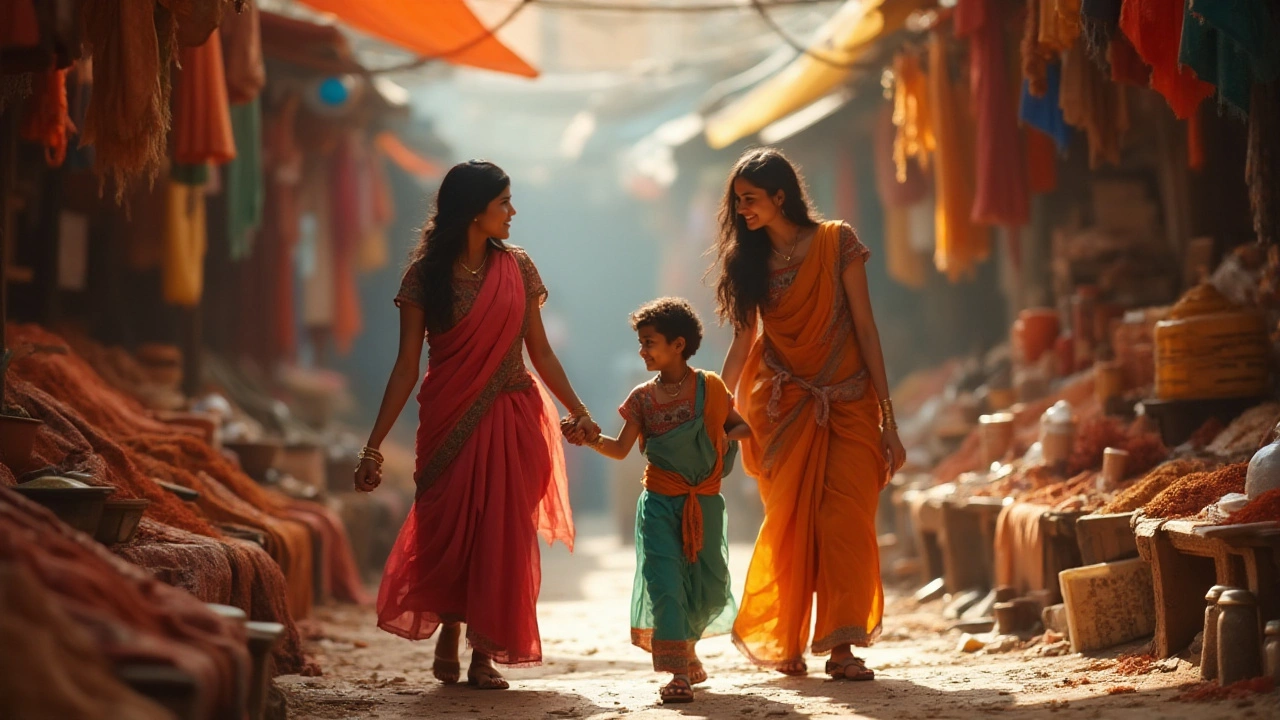
Misconceptions and Realities
When it comes to IVF babies in two-mom families, a common misconception is that both mothers have equal contribution to the child's genetic makeup. This stems from a misunderstanding of how IVF works at a basic genetic level. The reality is, biologically, only one mother can contribute the genetic material from an egg, which is then fertilized, typically with donor sperm. The child’s genetic traits come from the mother who provides the egg and the sperm donor unless the parents opt for using the same egg donor for both women, which is less common. This leads to interesting dynamics since the non-genetic mother shares no biological ties, reminiscent of traditional adoption scenarios. Despite these facts, the role of the non-genetic mother is equally significant in the child's life.
Another misconception is about the potential physical resemblance to both moms. Many assume that mere presence or proximity can affect a baby’s physical appearance, which isn't the case scientifically. Physical traits are determined by genes, but there's no denying that children often pick up on mannerisms, attitudes, and expressions from the people they spend time with, which sometimes create an illusion of resemblance. Such shared qualities are not uncommon in any family setting, further proving that family likeness goes beyond genetics. As they live and grow together, emotional and psychological bond also cement their family relationship.
Some people also think IVF babies may face identity issues when they realize they do not have a genetic link with both parents. However, studies suggest that open discussions within families about IVF origins help mitigate potential confusion or distress.
Dr. Susan Golombok, a renowned psychologist, states, "It's the warmth and openness in the family's environment that shapes a child's well-being more than biological ties."These insights suggest that transparency and love in the family can greatly influence a child's sense of identity and security.
Lastly, there is a belief that IVF babies in two-mom families might face societal challenges. While it is true that unconventional family structures may encounter some societal biases, the growing acceptance of diverse family models has made it easier for children from these backgrounds to integrate and thrive. Many studies indicate two-mom families provide environments just as nurturing and supportive as any other family structure. Emphasizing love, communication, and openness ensures a healthy upbringing, regardless of how the family was formed. Parenting involves more than genetic ties; it is a tapestry woven from shared experiences, environmental influences, and emotional bonds that define the parent-child relationship.
